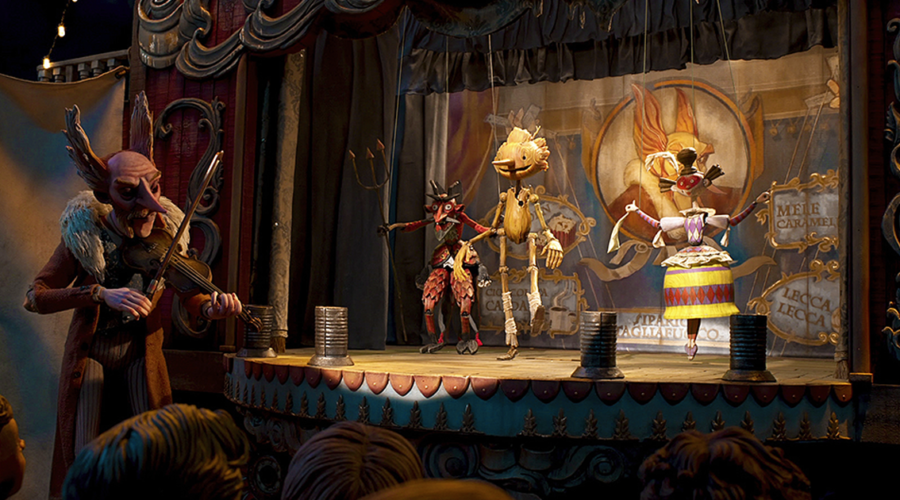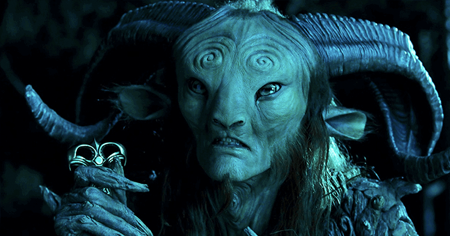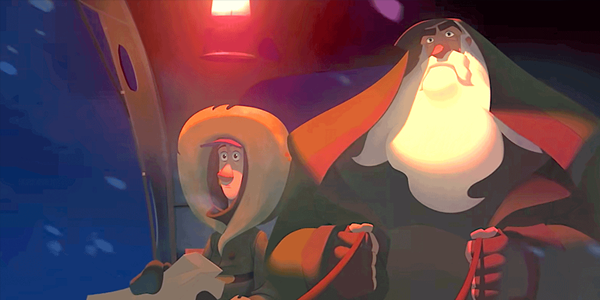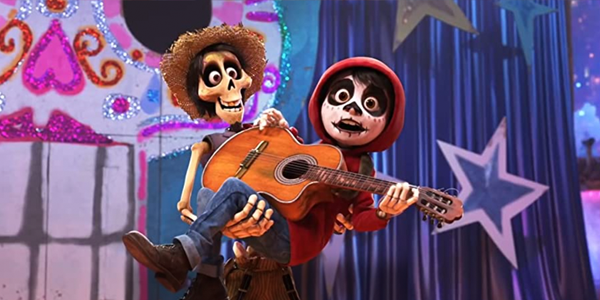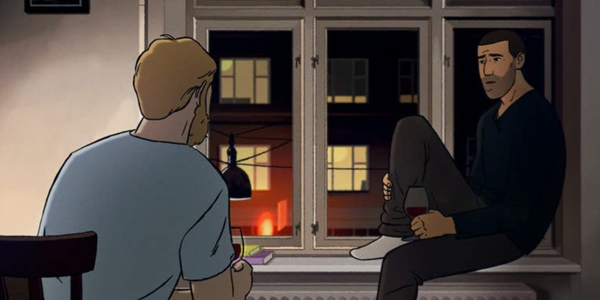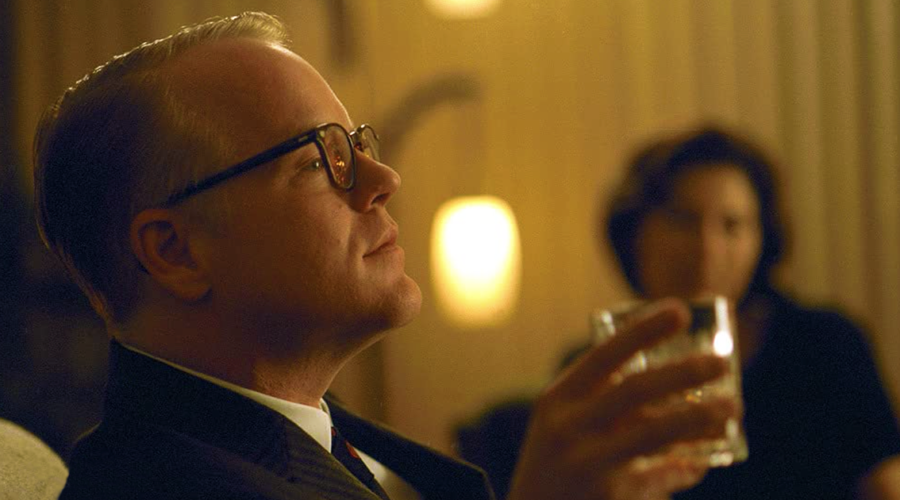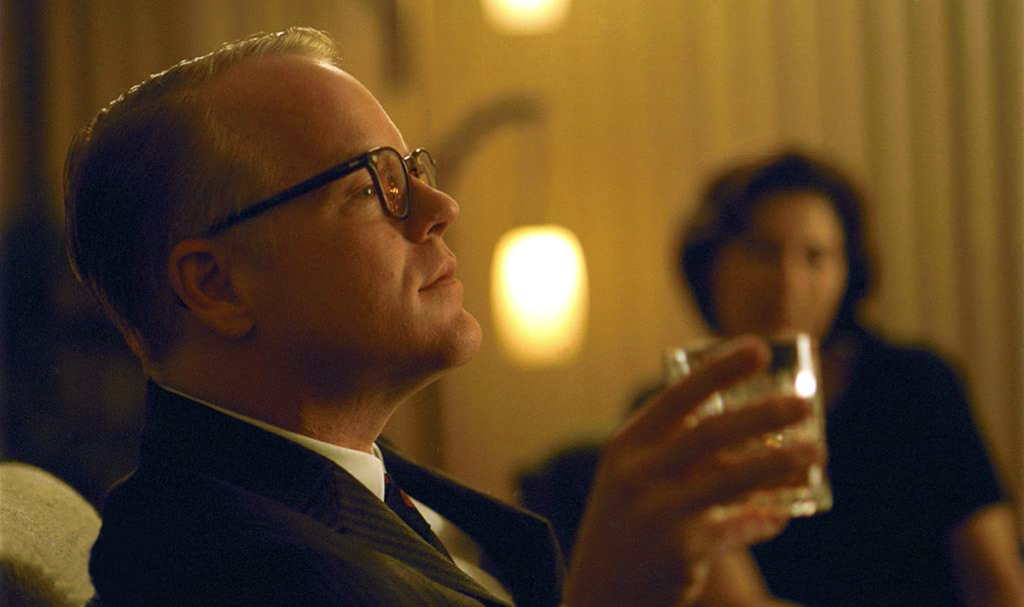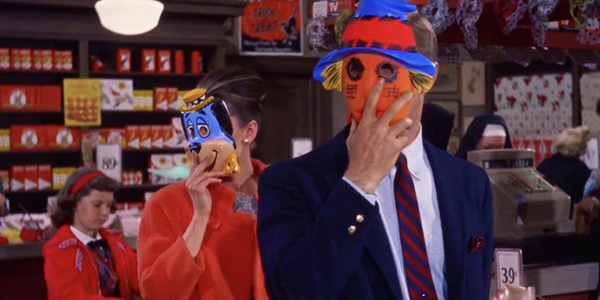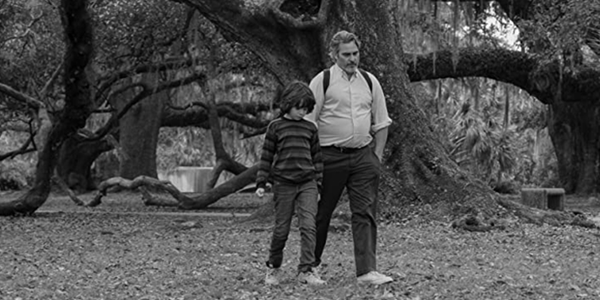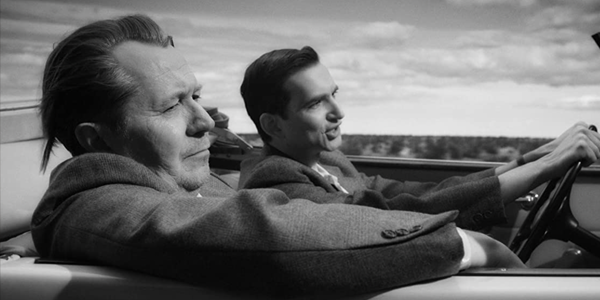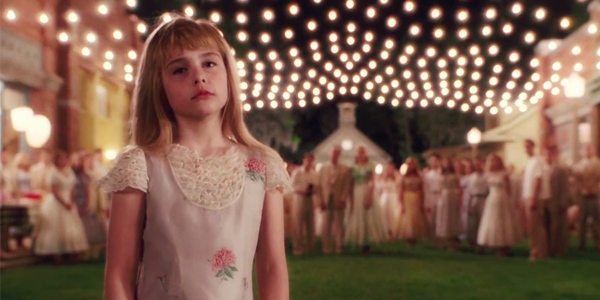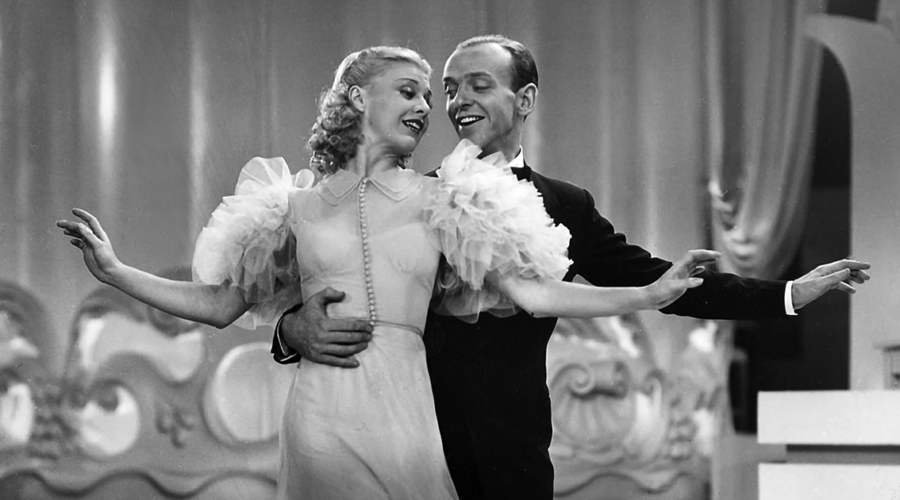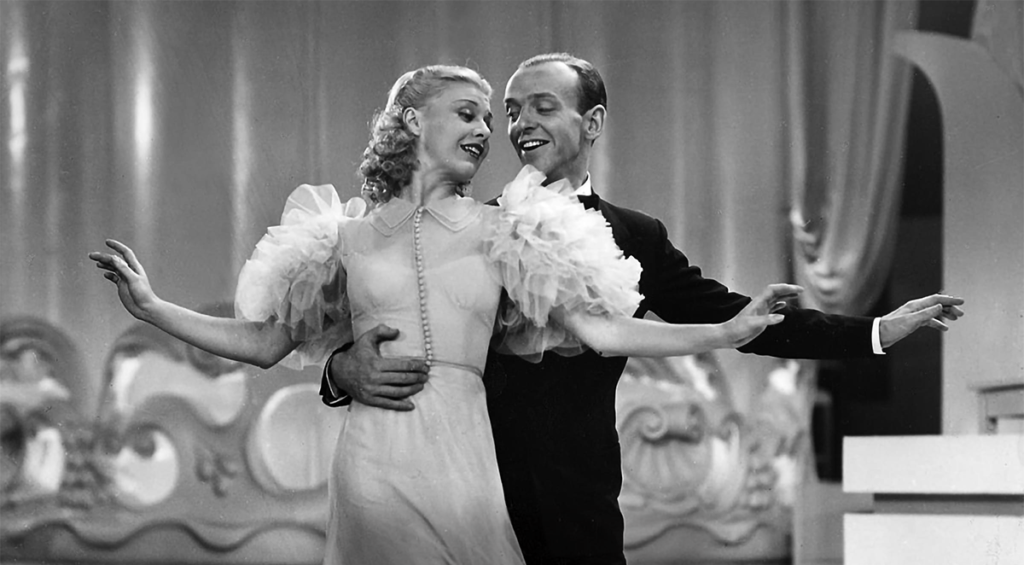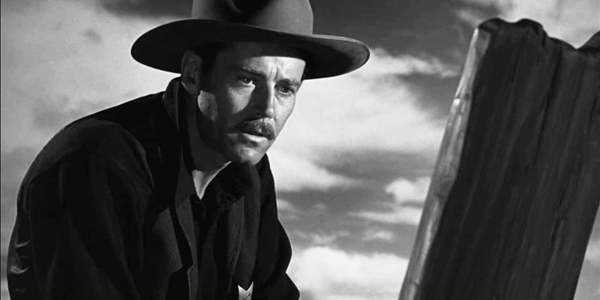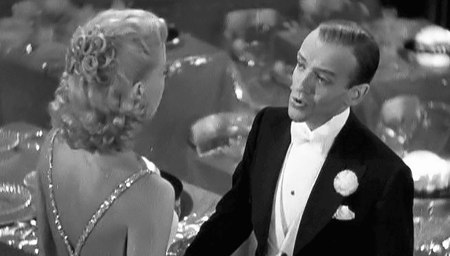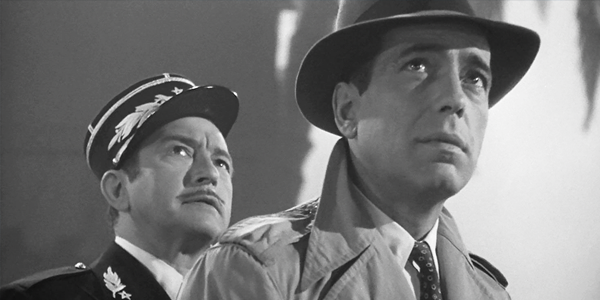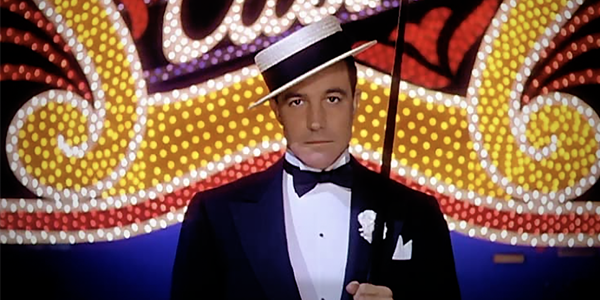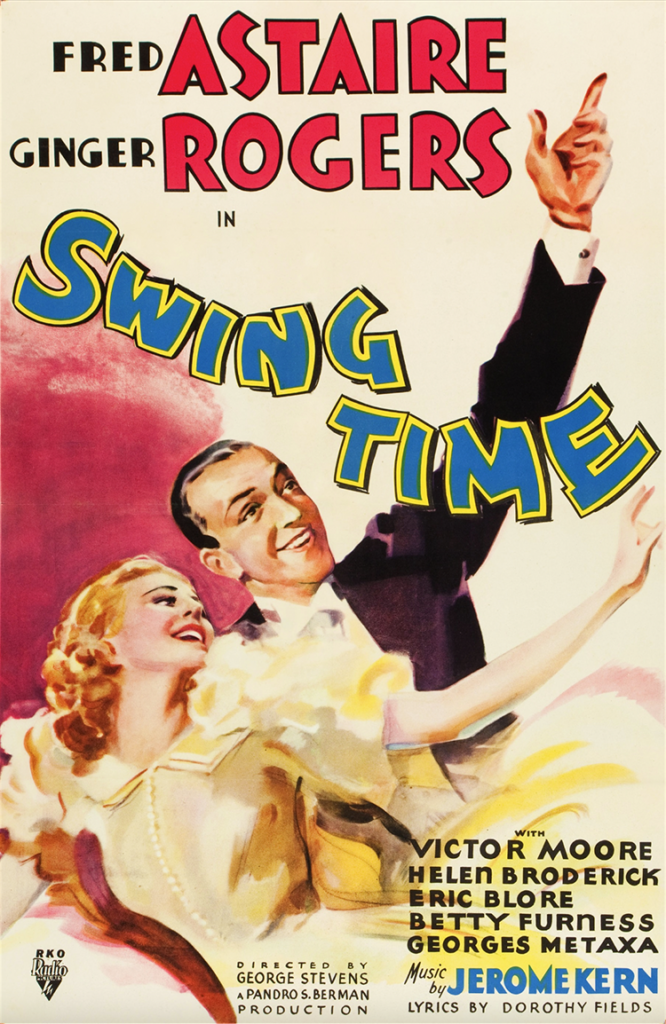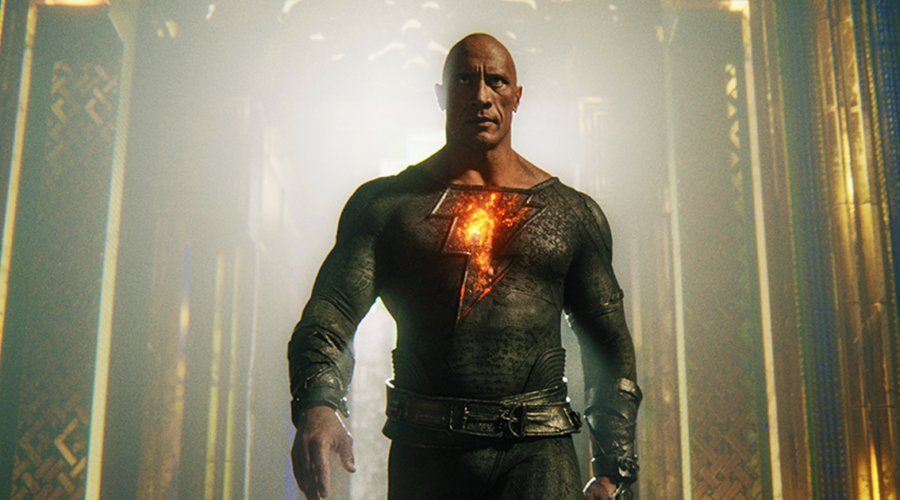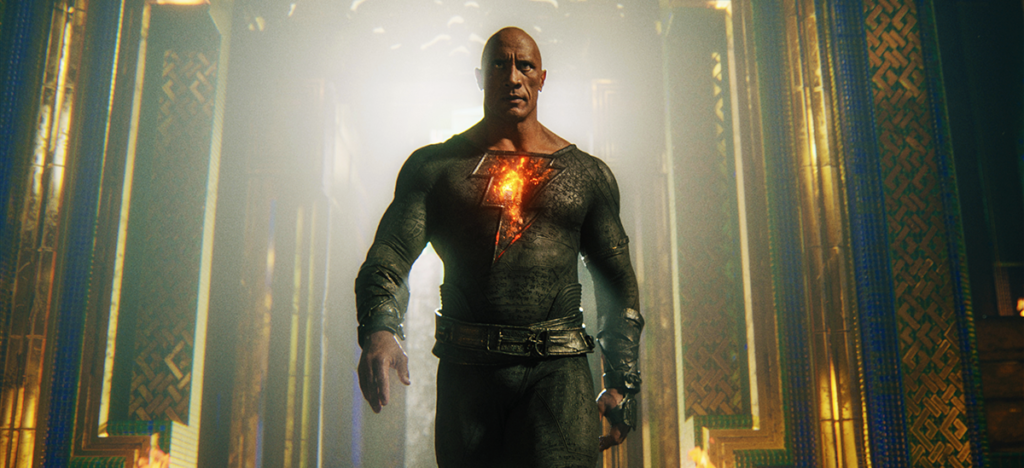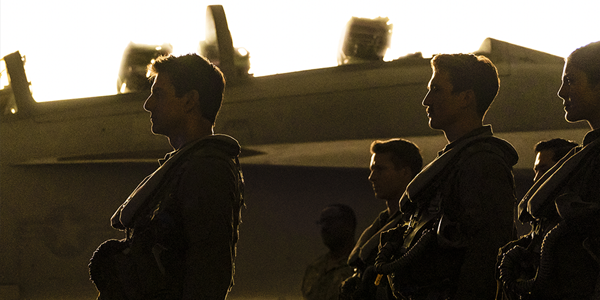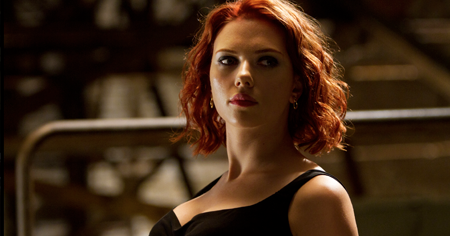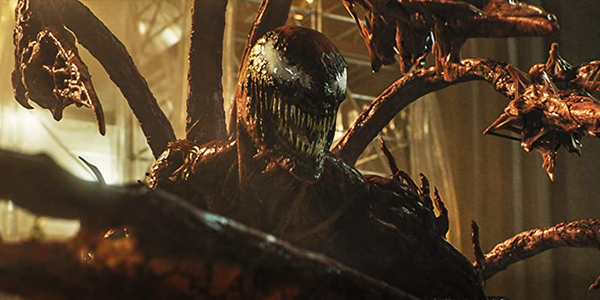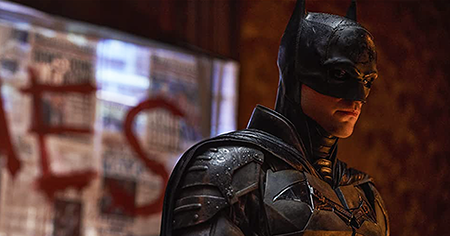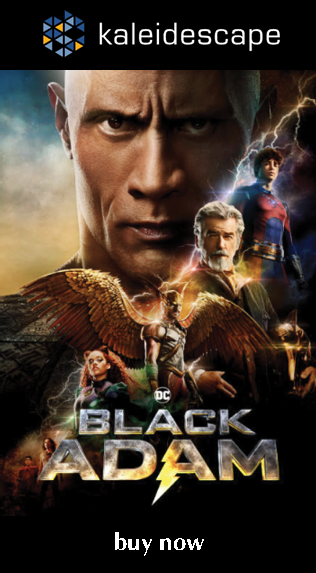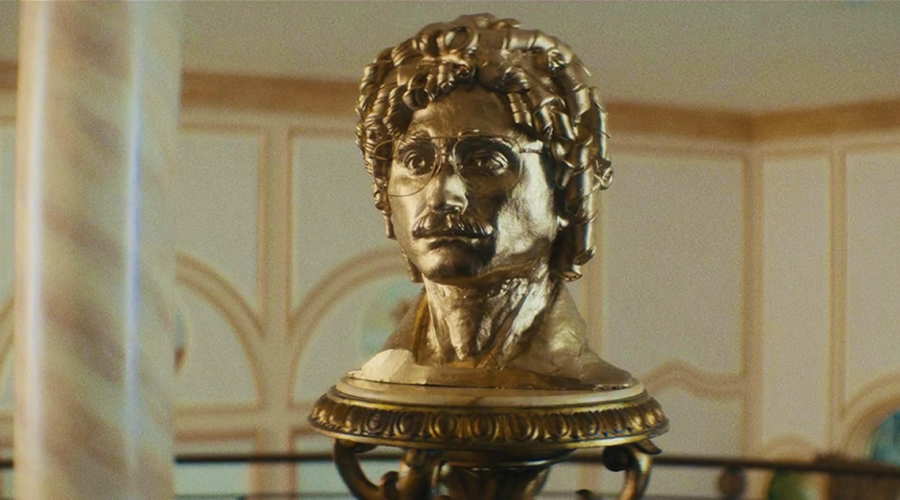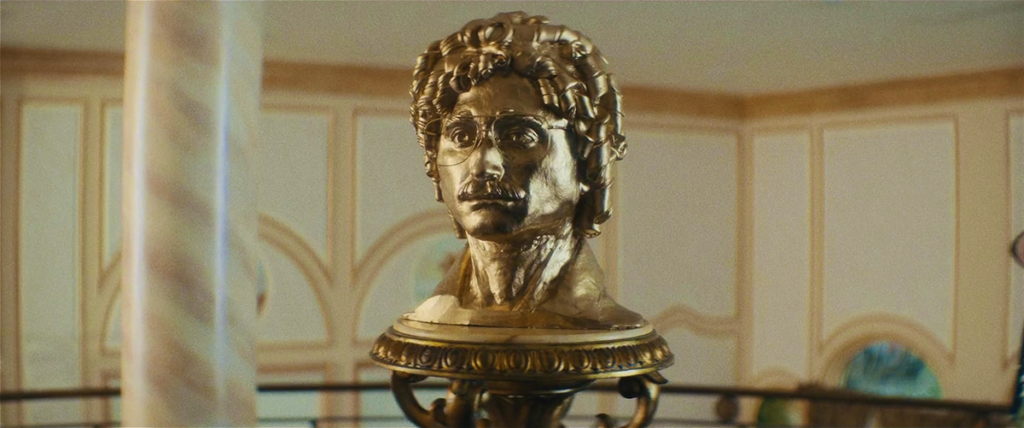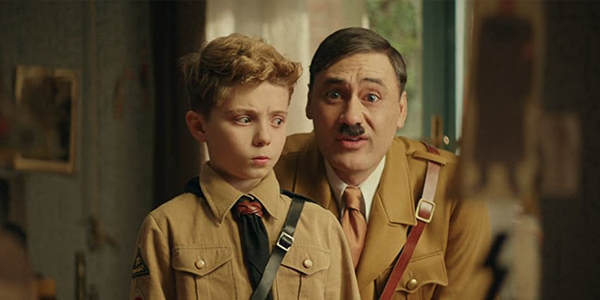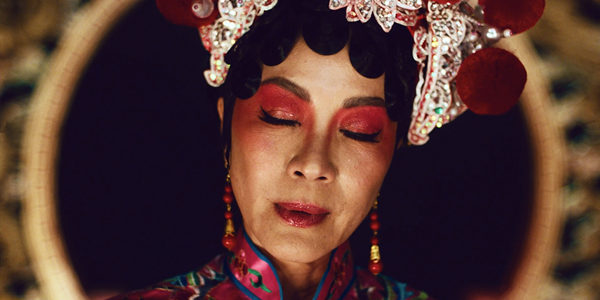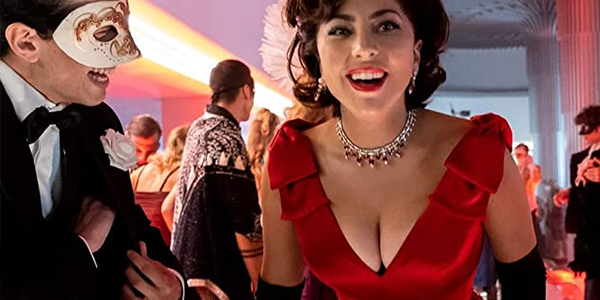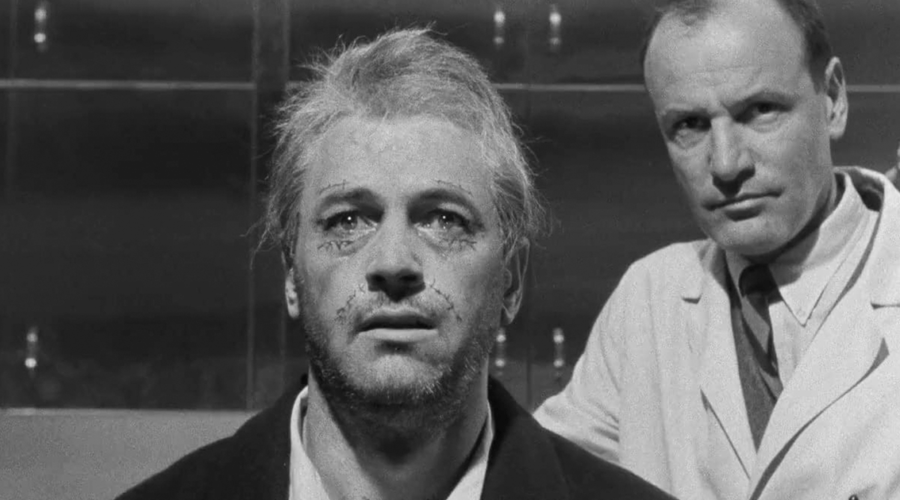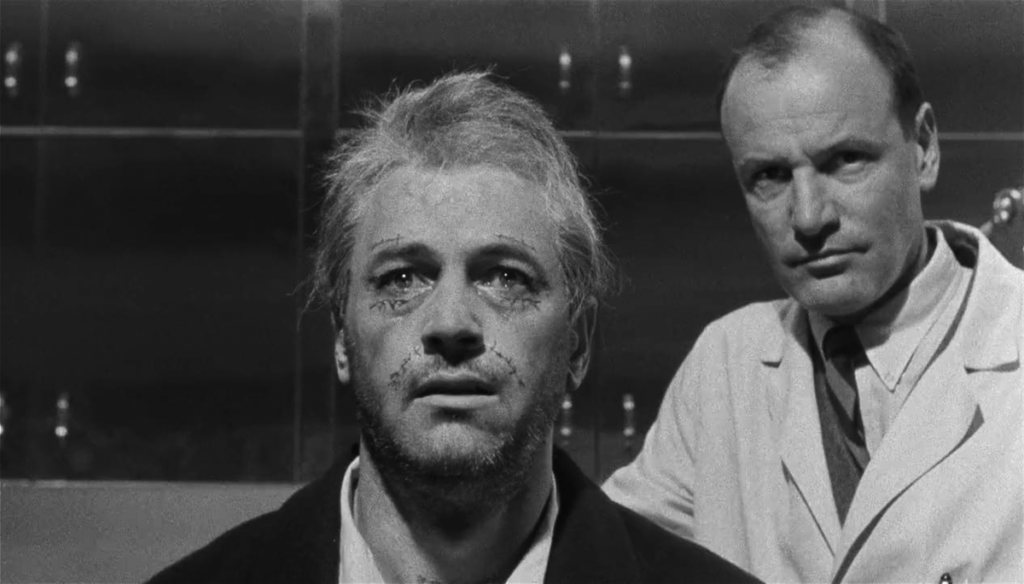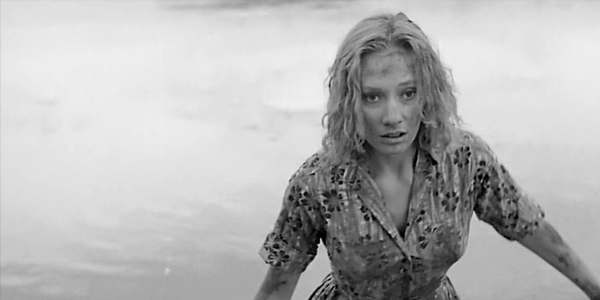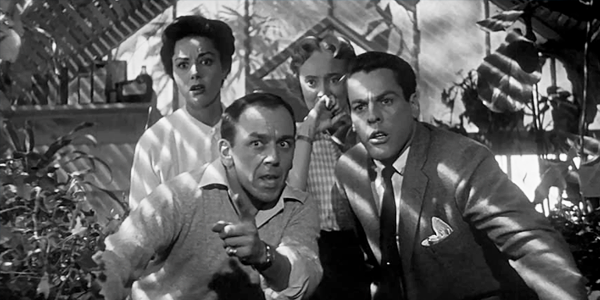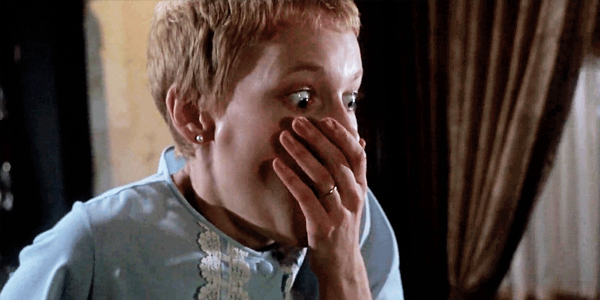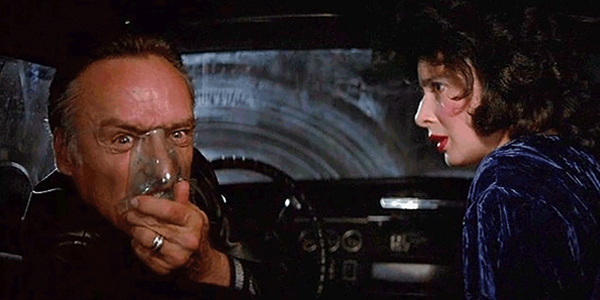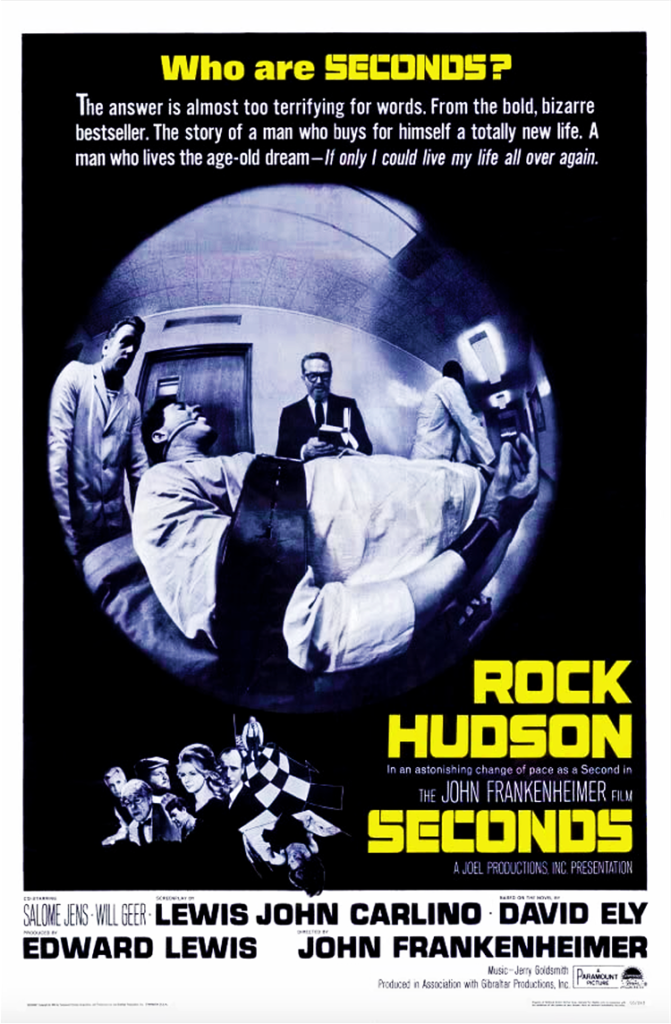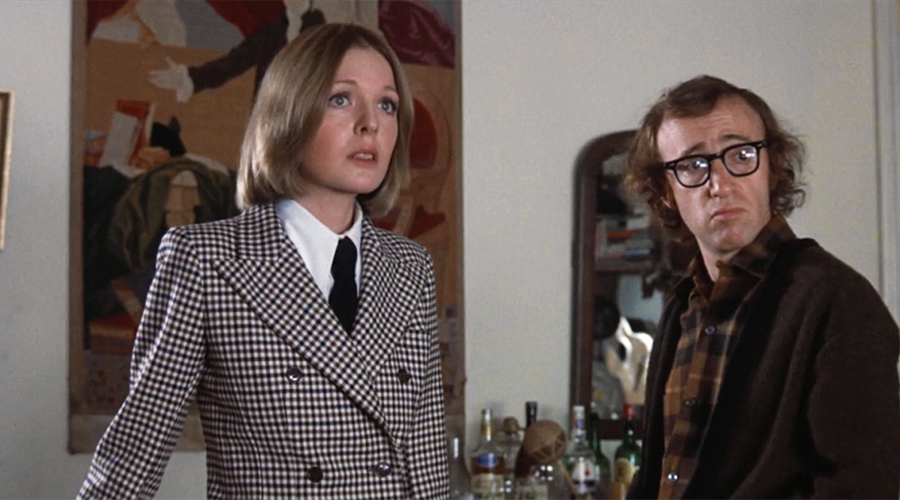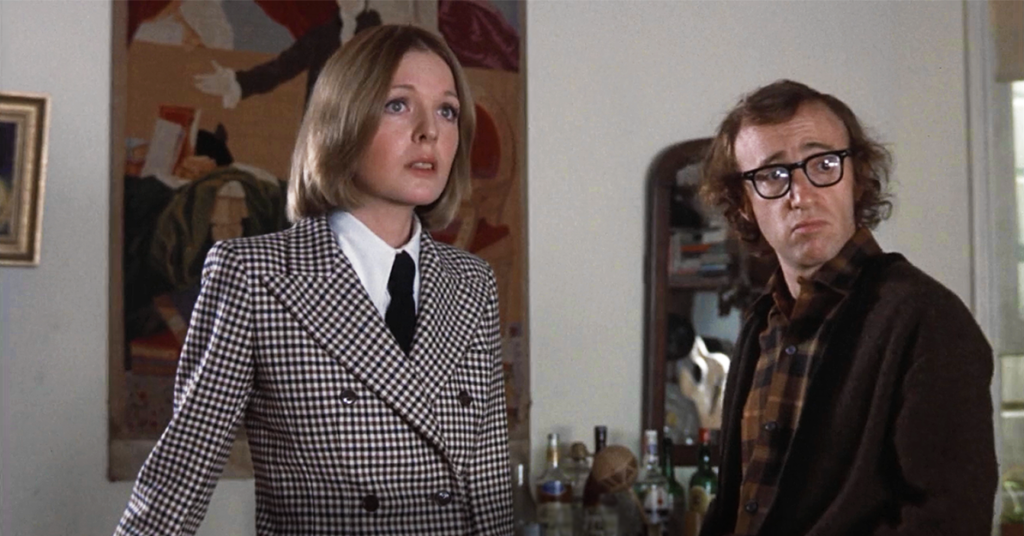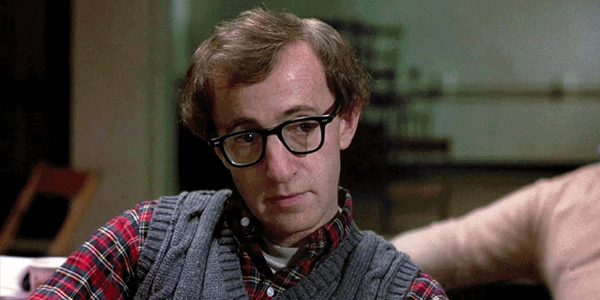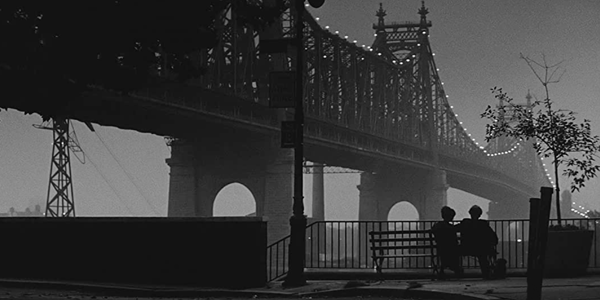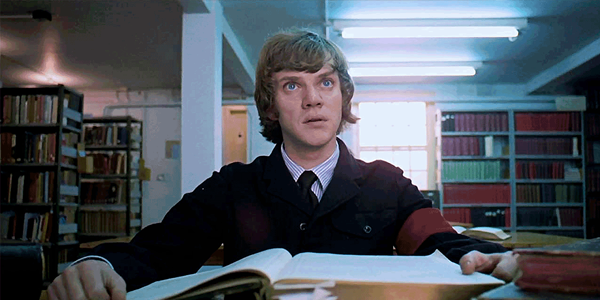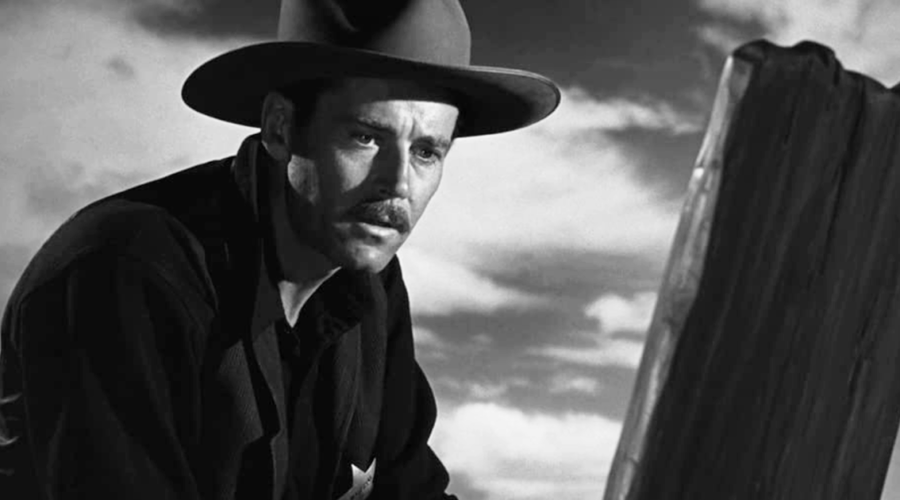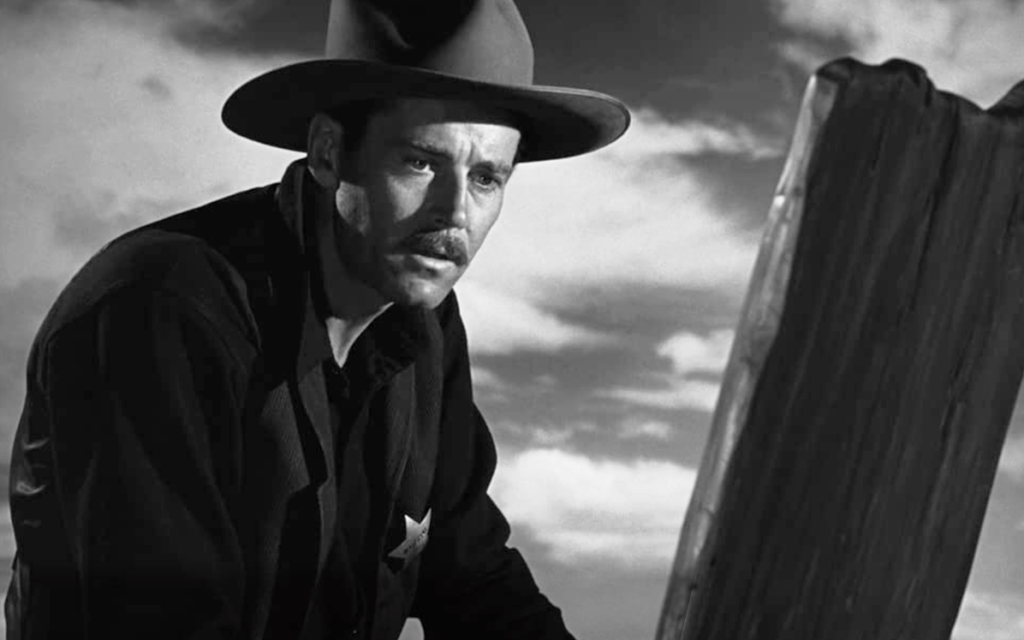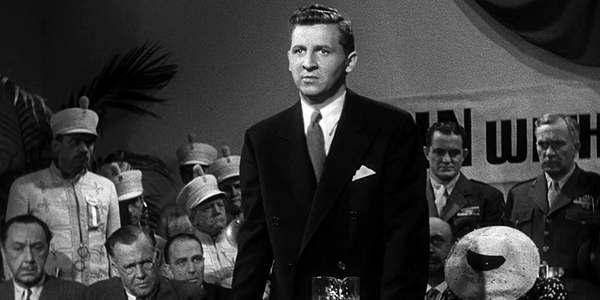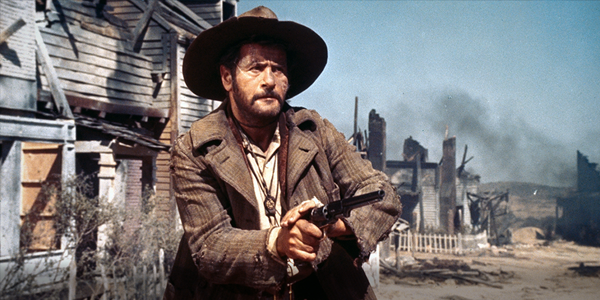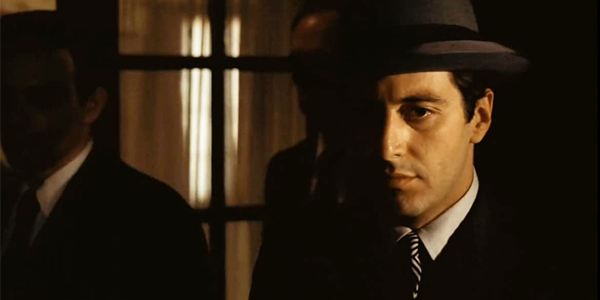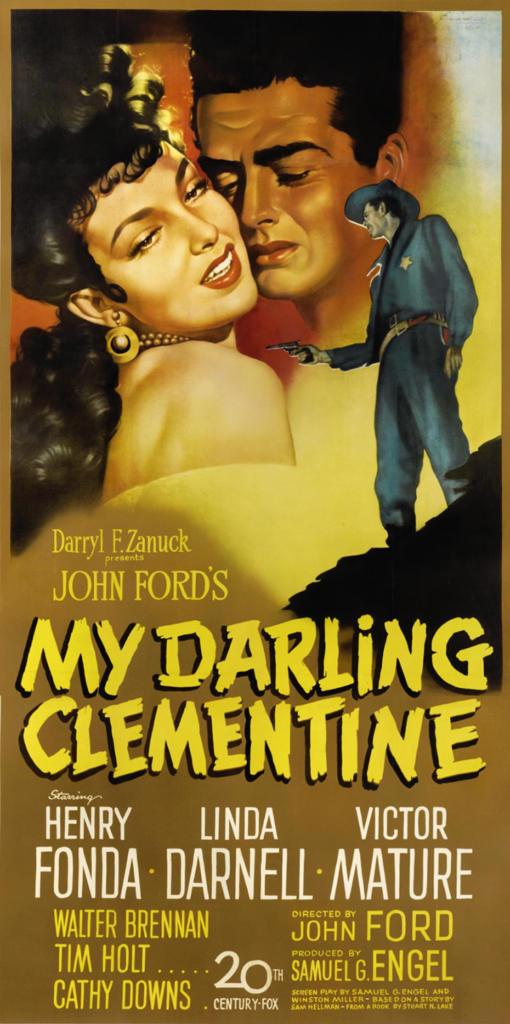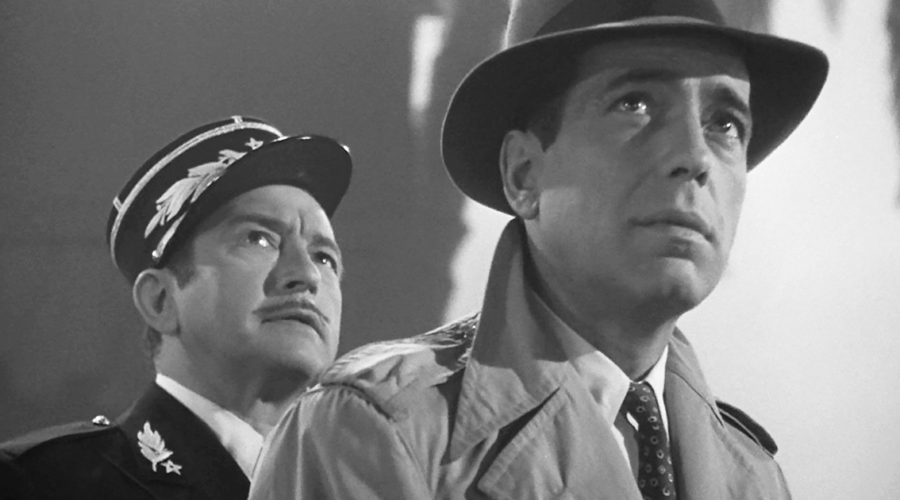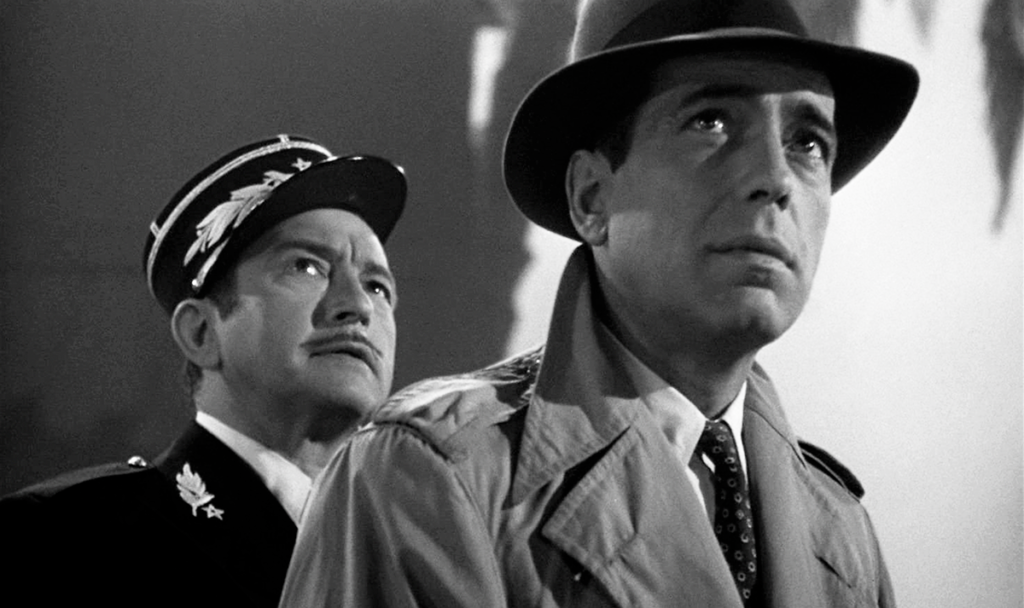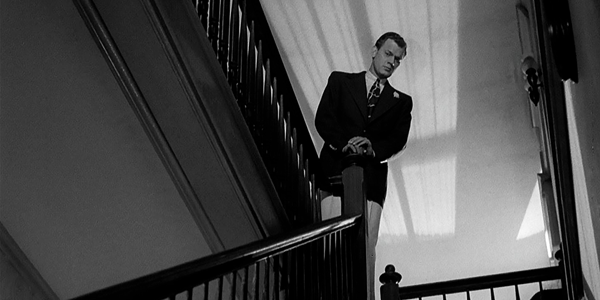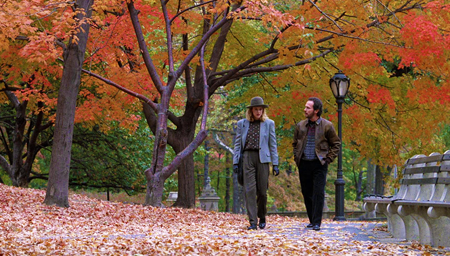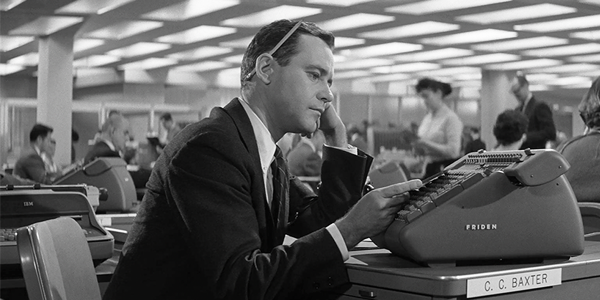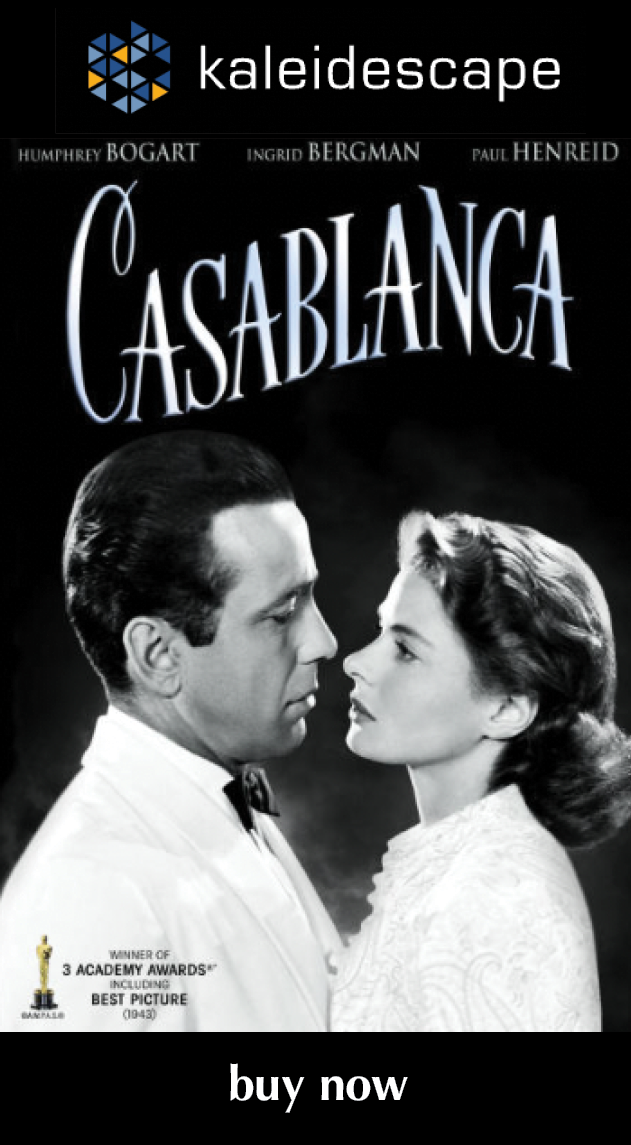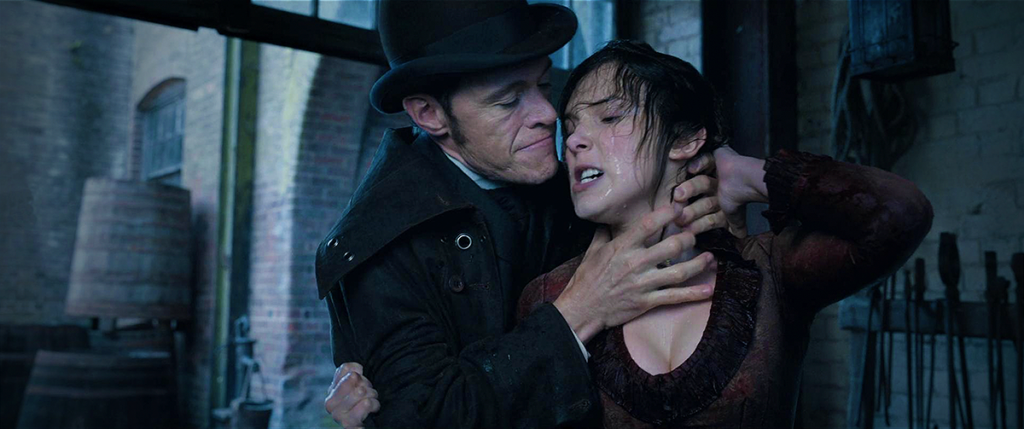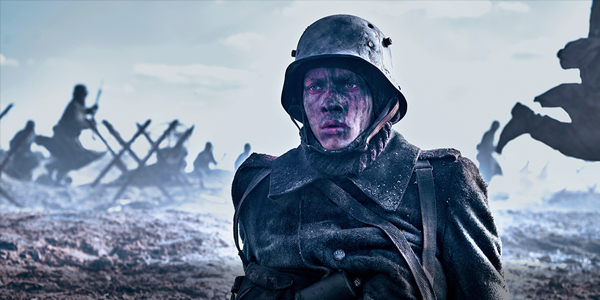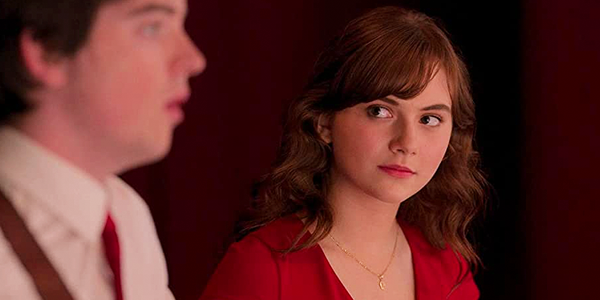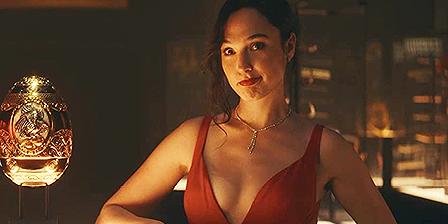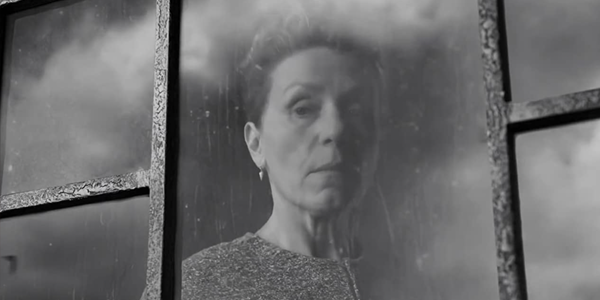Review: Guillermo del Toro’s Pinocchio
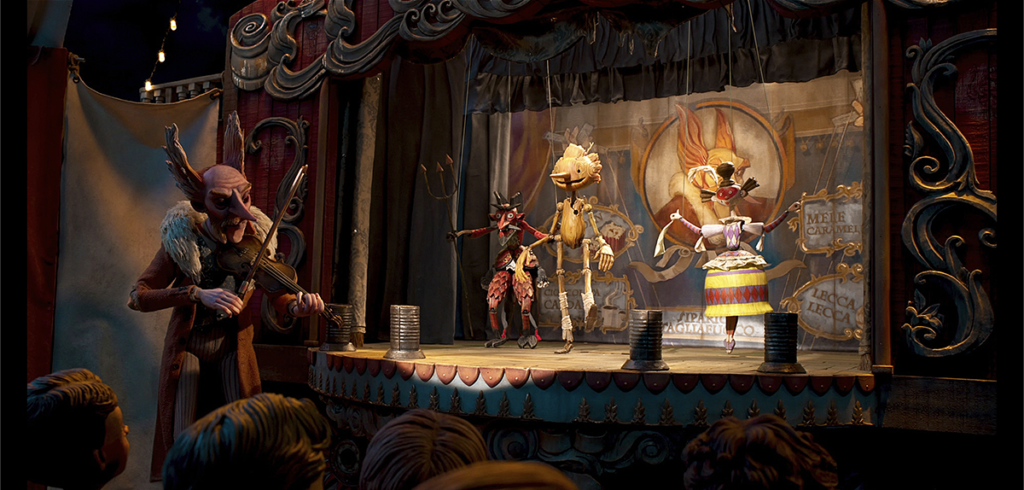
review | Guillermo del Toro’s Pinocchio
Del Toro comes up with a compelling reimagining that exists in a universe miles apart from Disney’s animated and live-action takes on the children’s story
by Dennis Burger
December 12, 2022
It’s hard to think of two recent films so diametrically opposed as Guillermo del Toro’s new stop-motion adaptation of Pinocchio and the soulless Disney+ “live action” remake of the 1940 animated classic. The latter constantly begs you to marvel at its technological prowess, although it’s hard to imagine anyone involved was proud of any other aspect of this pandering, phone-it-in cash-grab of a production. Del Toro’s Pinocchio, on the other hand—a re-imagining of the 1883 novel that has nothing to do with Disney’s take on the property—is a weird and wonderful, utterly soulful fantasy adventure and allegory that almost seems to have been made with no other audience in mind than del Toro himself.
Adapted by del Toro, along with co-writer Matthew Robbins and co-screenwriter Patrick McHale, the story unsurprisingly takes on shades of Mary Shelley’s Frankenstein, but perhaps the biggest change to the source material is that the filmmakers have transposed the action to 1930s Fascist Italy for reasons that become clearer as the narrative progresses and the themes start to congeal.
If you’re looking for a faithful adaptation of Carlo Collodi’s serialized novel, this isn’t it. If you’re looking for light children’s entertainment, it’s not that, either. In a sense, it reads more like a spiritual sequel to Pan’s Labyrinth. That isn’t to say it isn’t child-friendly but rather that the children most likely to be drawn in by it are the ones who stay up late watching classic Universal monster movies under the blankets and always identified more with the monsters, or grownups who never let that strange child within them grow up completely. As I said, del Toro made this movie for him, not for you, and as the two hours of fantastical animation unfold on the screen, you can practically feel the passion he’s poured into this project for the past 14 or 15 years.
Granted, that does occasionally lead to a bit of indulgence. Ten or 15 minutes probably could have been cut from the script in the storyboarding stage to tighten things up, especially in the second act. And a couple of the songs do feel like padding. But any such grievances are long forgotten by the film’s end, when del Toro and his colleagues—including co-director Mark Gustafson—bring things to such a satisfying narrative, emotional, and thematic conclusion that you’ll likely find yourself grinning through sobs and tears.
No doubt, Netflix’ presentation helps sell the constructed reality. It does take the eyes and brain a scene or two to adjust to the fact that the film wasn’t animated on the ones, and some of the camerawork is so good as to be distracting—one simply doesn’t take that for granted in a stop-motion film—but by the time the somewhat Up-esque prologue has finished playing out, you’ll have bought into it all completely. Dolby Vision is used here not to dazzle you or stress-test your display but rather to replicate the quality of natural light, especially during golden-hour shots or in interiors punctuated by stray beams from the sun or the cool glow of the moon.
The film is so packed with texture that you’d expect there to be some aliasing or moiré here and there even with the 4K resolution, but you couldn’t ask for better in terms of detail or clarity. That’s especially important when it comes to appreciating the film’s incredible sets as well as some of the character design, which do a lot of the heavy lifting in terms of unspoken storytelling—such as the differences in the quality of sculpting as you move from the left side of Pinocchio’s carved and chiseled pine head, which becomes sloppier and more unfinished as the drunken Geppetto slid closer to involuntary unconsciousness while working on him.
The Dolby Atmos soundtrack also does a magnificent job of enhancing immersion without devolving into spectacle, even during the most intense action set-pieces. There’s a lot of exceptionally delicate panning here, as voices move across the front soundstage instead of being locked into the center. If your sound system is up to snuff and properly calibrated, you might not even notice, but it goes a long way toward selling the illusion that this story is unfolding in a legitimately three-dimensional world.
What you will notice, though, is how the sound mixers use the surround soundfield to not only add ambiance but also draw a meaningful distinction between the material and the immaterial, especially with the voice of The Wood Sprite and her sister Death, both voiced by Tilda Swinton.
As the credits rolled and my wife and I tried to discreetly remove the tears from our cheeks and the snot from our noses, I’ll admit that for a brief moment I lamented that this was a Netflix production. It’s deserving of some curated bonus features and perhaps even an audio commentary. And while it doesn’t get the latter, it is accompanied by a half-hour making-of featurette called Guillermo del Toro’s Pinocchio: Handcarved Cinema that starts, unfortunately, as the sort of puff-piece promotional EPK that’s far too common in the world of behind-the-scenes material, packed to the gills with superlatives and platitudes and nothing of substance. As the featurette unfolds, though, we get some deep insight into not only the long journey of adapting the story and designing the film but also the animation process itself. It’s pure gold for fans of stop-motion animation and not to be missed.
Dennis Burger is an avid Star Wars scholar, Tolkien fanatic, and Corvette enthusiast who somehow also manages to find time for technological passions including high-end audio, home automation, and video gaming. He lives in the armpit of Alabama with his wife Bethany and their four-legged child Bruno, a 75-pound American Staffordshire Terrier who thinks he’s a Pomeranian.
PICTURE | You couldn’t ask for better detail or clarity from the 4K resolution, and Dolby Vision is used not to dazzle you or stress-test your display but rather to replicate the quality of natural light
SOUND | The Atmos soundtrack does a magnificent job of enhancing immersion without devolving into spectacle, even during the most intense action set-pieces
© 2025 Cineluxe LLC
